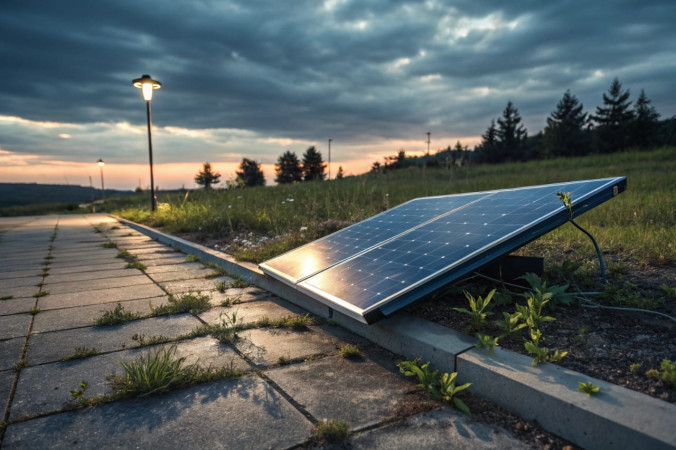
Follow India Renewable Energy News on WhatsApp for exclusive updates on clean energy news and insights
U.S. Becomes Third-Largest Solar Module Producer with Over 50 GW Capacity
Feb 11, 2025
The United States has emerged as the third-largest producer of solar modules globally, with its manufacturing capacity surpassing 50 GW, according to a recent report by the Solar Energy Industries Association (SEIA). This milestone positions the U.S. to potentially meet its current domestic demand for solar modules.
SEIA attributes this remarkable growth—a fivefold increase—to federal energy policies such as the Inflation Reduction Act (IRA). The legislation, enacted in 2022, has provided incentives that have significantly boosted the solar manufacturing sector. SEIA President and CEO Abigail Ross Hopper commented on the achievement, stating, “Reaching 50 GW of domestic solar manufacturing capacity is a testament to what we can achieve with smart, business-friendly public policies in place.”
SEIA's 50 GW Goal
In 2020, SEIA set an ambitious target to achieve 50 GW of manufacturing capacity by 2030, encompassing the entire solar supply chain—modules, cells, ingots, wafers, polysilicon, trackers, and inverters. At the time, the U.S. had a module manufacturing capacity of just 7 GW and a polysilicon production capacity of 41 MT, with minimal production of inverters and racking systems. The latest figures indicate that the country has now surpassed these initial limitations.
Investments in U.S. Solar Manufacturing
Since the introduction of federal manufacturing policies, the U.S. solar manufacturing sector has seen investments totaling Rs4 crore. Of this, Rs870 crore has been allocated to operational projects, Rs1620 crore to projects under construction, and Rs1,520 crore to projects still in development.
Growth in Solar Tracker and Component Manufacturing
U.S. solar tracker manufacturing capacity has also soared, exceeding 80 GW. Companies have announced plans to produce 56 GW of solar cells, 24 GW of wafers, and 13 GW of ingots within the country. The sector has witnessed a 50% increase in mounting systems manufacturing facilities, with 26 new or expanded racking facilities announced since federal tax credits were implemented.
Advances in Power Electronics and Storage Supply Chains
The power electronics segment is also seeing rapid growth. Since the passing of federal tax credits, 18 power electronics suppliers have announced new facilities or expansions. These include production for hybrid inverters (designed for solar and battery storage systems), microinverters, and string inverters for utility-scale applications.
The energy storage supply chain, which includes battery materials, cells, and packs, is expected to expand significantly in the coming years. Midstream processing for anode and cathode materials is anticipated to begin by 2025, with over 580,000 MT of battery materials targeted for production by the end of the decade.
Strengthening Domestic Content Standards
In a related development, the U.S. Department of the Treasury and the Internal Revenue Service recently issued updated guidelines for domestic content bonuses under the IRA. These updates apply to solar projects, domestically produced solar wafers, land-based wind projects, and battery energy storage systems.
Furthermore, the U.S. Department of Commerce issued preliminary determinations in its anti-dumping investigations into crystalline photovoltaic cells from Cambodia, Malaysia, Thailand, and Vietnam. This move aims to address concerns about unfair subsidies benefiting manufacturers in these countries.